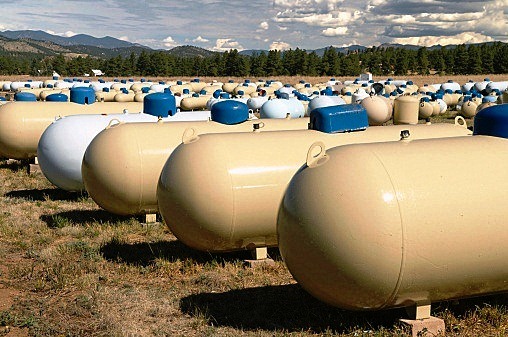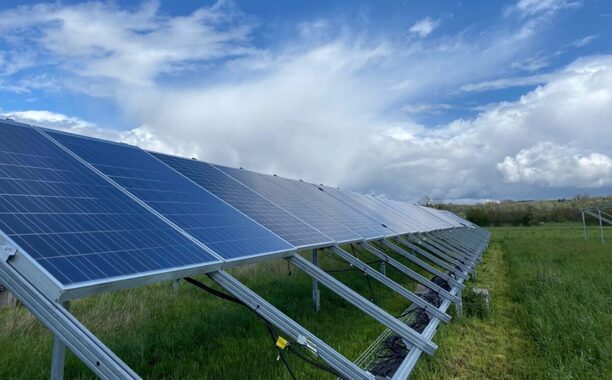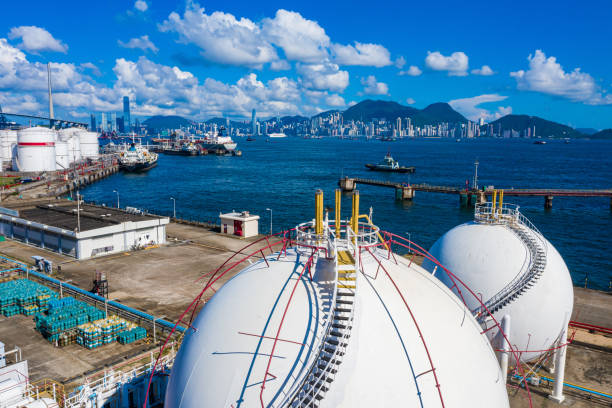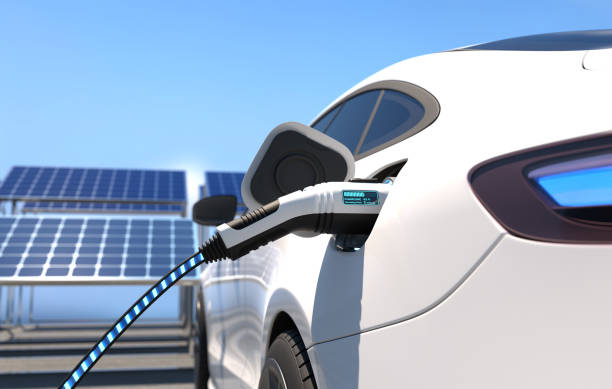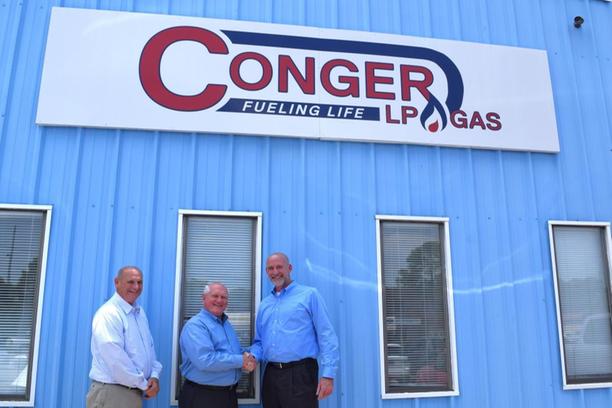Forecasting in Propane Supply Management
Accurate forecasting is a crucial component in managing propane supply effectively. This article highlights why getting it right matters for businesses in this vital sector. Here are the top reasons why forecasting is so important in the proper management of propane supply: 1. Meeting Demand Accurate forecasting ensures that propane suppliers can meet customer demand… Continue reading Forecasting in Propane Supply Management

